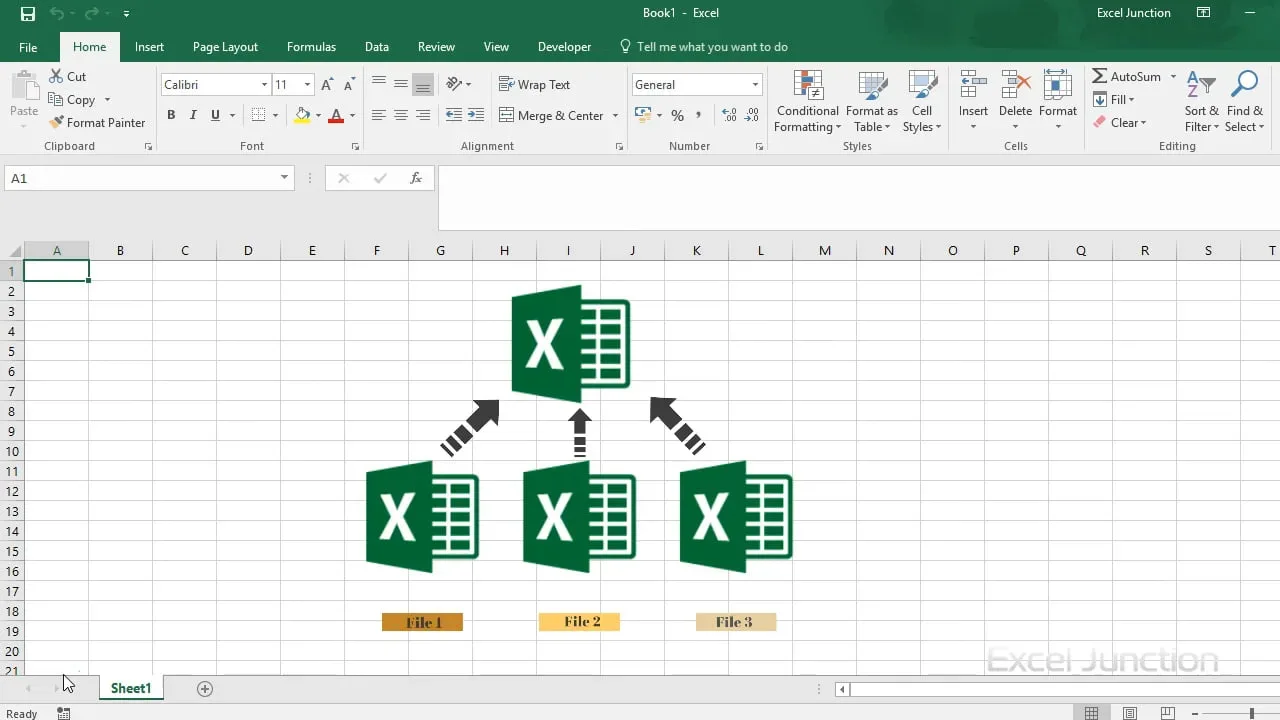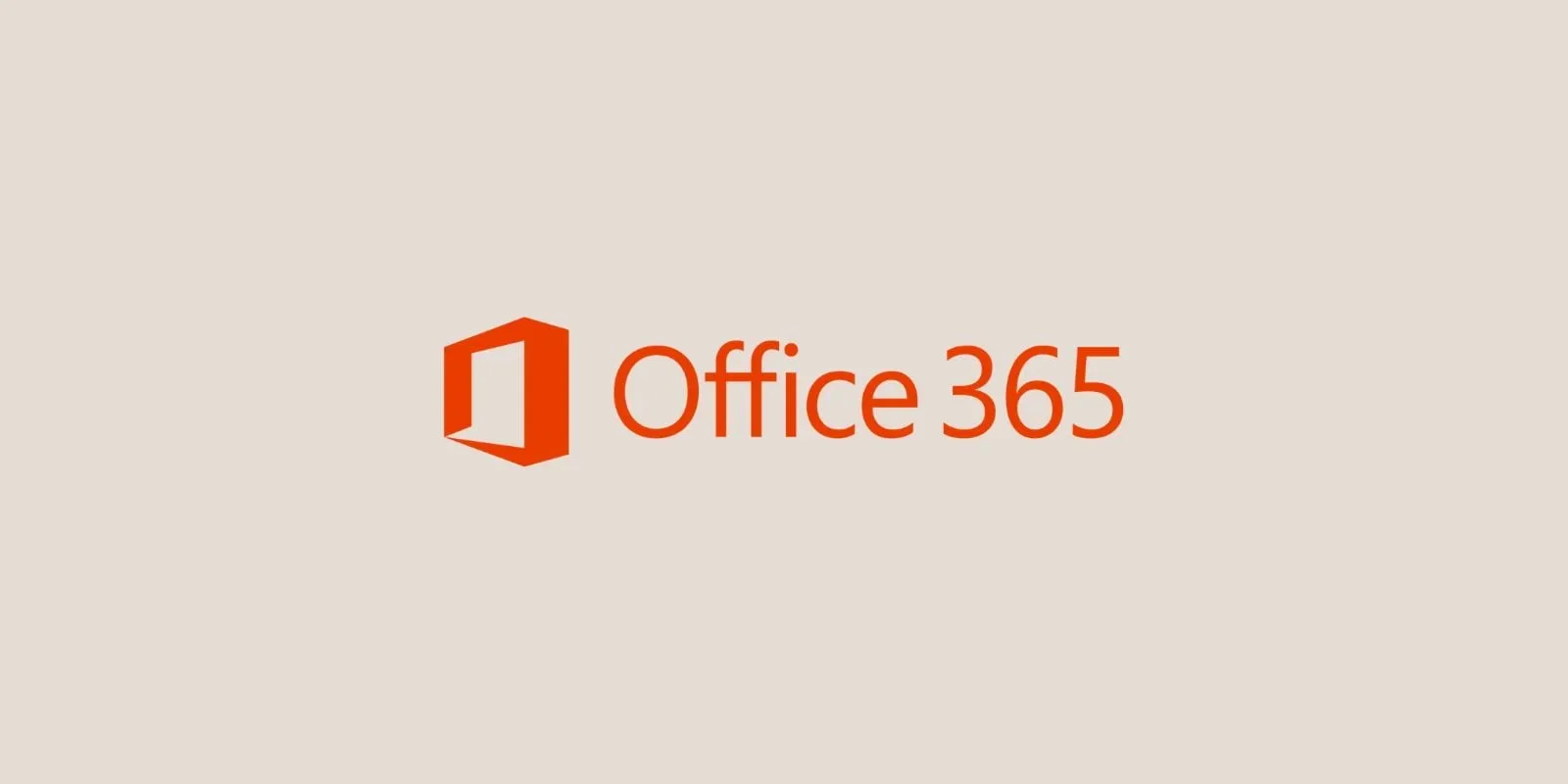Salesforce is a powerful customer relationship management application. The integrated CRM platform is cloud-based and reasonably priced. This is why Salesforce is the best-selling CRM tool in the world. However, that doesn’t mean that you’re getting everything out of it that you could. Here are three ways to unleash Salesforce’s full potential. We’ll share tips for increasing sales and improving your team’s productivity while using this versatile tool.
Integrate ActiveCampaign and Salesforce
ActiveCampaign is probably the key tool used by your marketing team, just as Salesforce is used by sales. Each app has functions specific to that group, though each has CRM capabilities. Both groups will do better if they’re sharing data and working together to identify opportunities.
Piesync explains exactly how to combine Salesforce and ActiveCampaign here. They also give a few tips for improving your lead generation process, such as turning leads into contacts with seamless data flow between the two systems while using filters to hide contacts that lack the information salespeople need.
This interface, or something similar, should automatically capture new leads from your website’s ‘contact us’ page and send acknowledgment emails to prospects. If they signed up in exchange for free content or coupon codes, the system should automatically send it to them. You’ll keep hot leads hot until your sales team can follow up with them.
Pay Attention to Product Schedules
Product schedules can be used to gain insight into the total value of potential deals. For example, you can estimate the value of maintenance contracts or framework agreements where the contract draws down orders against a long-term contract. It also allows you to identify when you can contact someone to offer a renewal of their contract, offer your latest model for sale, or begin negotiating the next service agreement.
This should be on top of paying attention to customers’ ordering patterns so that you know when they’re likely to place another order; this information can be used to follow up when they’re late placing the order so that you don’t lose a high-value customer.
In Salesforce, product schedules are useful information when the opportunity amount is invoiced but paid through multiple installments. This gives your team the gross value of sales for such deals. If you create custom product schedules in Salesforce, you can see, not just their general revenue profile, but compare it to potential revenue profiles. Combine this with product schedules, and you can both forecast and improve recurring revenue.
Load Order Data into Salesforce
A salesperson may close the first deal with a customer, but their repeat orders tend to be through the EPR or finance system. You should import order or invoice data into Salesforce regularly.
First, this shows salespeople that which customers are now repeat buyers and considered high-value. Second, it allows salespeople to monitor purchase history. Then they can take action if someone’s orders are decreasing. Third, it allows managers to track the relationship between their sales techniques and actual invoiced revenue. A side benefit is that the order information is linked to the customer’s records, and that improves reporting on salespeople’s performance.
If you can integrate quote data, it gives salespeople insight into how many quotes they’ve sent to each opportunity. And you may be able to integrate quotes with contracts so that you can seal the deal while working with Salesforce. Then the order can be finalized.
Salesforce is a valuable, versatile CRM tool. However, it is always possible to get more out of this powerful system. Fortunately, we’ve just shared some of the best ways to do so.




Share Your Thoughts